Table of content
Barley tea, known as boricha in Korea, mugicha in Japan, and dàmài chá in China, is a caffeine-free herbal infusion celebrated for its nutty aroma, toasty flavor, and refreshing simplicity. Rooted in centuries-old traditions across East Asia, this beverage has evolved from a humble agricultural staple to a global favorite, prized for its ability to quench thirst, aid digestion, and offer a soothing alternative to caffeinated drinks. But what makes barley tea so uniquely appealing? The answer lies in its meticulous preparation process, which balances time-honored techniques with modern convenience. This article delves into the science and artistry behind crafting barley tea, exploring its history, ingredients, and step-by-step methods to brew the perfect cup.
A Brief History of Barley Tea
Barley tea’s origins trace back to ancient agricultural societies, where barley (Hordeum vulgare) was cultivated for its resilience and nutritional value. In China, barley was used in traditional medicine as early as the Tang Dynasty (618–907 CE), believed to cool the body and balance “humidity”—a concept rooted in Traditional Chinese Medicine. By the 14th century, Korean texts like Gyuhap chongseo (“Women’s Encyclopedia”) documented barley tea as a household remedy for indigestion and fatigue.
In Japan, barley tea gained prominence during the Edo period (1603–1868) as a cost-effective alternative to green tea, which was heavily taxed. Its popularity surged post-World War II, when food shortages prompted households to roast and brew barley as a substitute for coffee. Today, barley tea is ubiquitous in all three countries, served hot in winter and chilled in summer, often accompanied by meals to aid digestion.
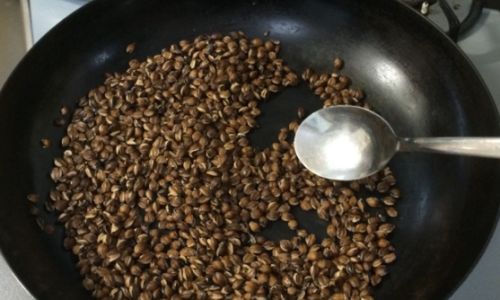
Ingredients: The Backbone of Barley Tea
The beauty of barley tea lies in its minimalist ingredient list:
- Roasted Barley: The star ingredient, typically hulled barley kernels, though pearled barley may also be used. Roasting transforms the grain’s starchy sweetness into a rich, caramelized flavor.
- Water: Filtered or spring water is ideal to avoid off-flavors from chlorine or minerals.
- Optional Additives: Some recipes include roasted corn (common in Korea), roasted rice (popular in Japan), or dried persimmons for sweetness. However, purists insist on barley alone to preserve its distinct character.
Equipment: Traditional vs. Modern Tools
While barley tea can be brewed with basic kitchenware, certain tools enhance efficiency and flavor extraction:
- Heavy-Bottomed Pot or Saucepan: For even heat distribution during roasting and brewing.
- Fine-Mesh Strainer or Cheesecloth: To separate the brewed liquid from the grains.
- Thermos or Airtight Container: For steeping and storing the tea.
- Modern Alternatives: Electric kettles with temperature control, French presses, or even coffee makers for convenience.
Step-by-Step Brewing Guide
Roasting the Barley
The roasting process is pivotal, as it develops the tea’s signature toasty notes and deep amber hue.
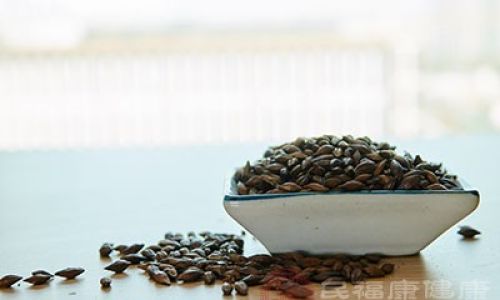
- Preparation: Rinse 1 cup of hulled barley under cold water to remove dust. Drain thoroughly and pat dry.
- Roasting Method:
- Stovetop: Heat a dry, heavy-bottomed pan over medium-low heat. Add the barley and stir continuously for 15–20 minutes. The grains will gradually turn golden brown, emit a nutty aroma, and may produce a faint popping sound. Avoid high heat to prevent burning, which imparts bitterness.
- Oven: Spread the barley on a baking sheet and roast at 350°F (175°C) for 20–25 minutes, stirring halfway. This method offers even roasting but requires careful monitoring.
- Cooling: Transfer the roasted barley to a plate and let it cool completely. The grains will crisp up as they cool, enhancing their crunch.
Brewing the Tea
There are two primary methods: simmering (traditional) and steeping (modern).
Method 1: Simmering (Recommended for Rich Flavor)
- Ratio: Use 1/4 cup of roasted barley per 4 cups (1 liter) of water.
- Process:
- Bring the water to a boil in a pot.
- Add the roasted barley and reduce heat to a gentle simmer.
- Cover and simmer for 10–15 minutes. Longer simmering intensifies the flavor but may introduce bitterness.
- Remove from heat and let steep for an additional 5–10 minutes.
Method 2: Steeping (Quick and Convenient)
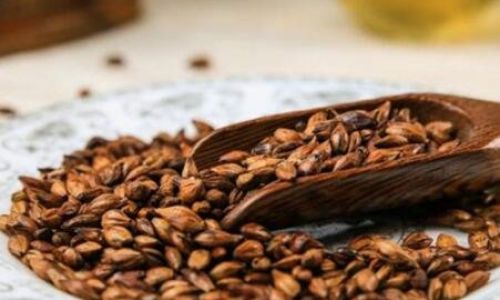
- Ratio: Use 1/3 cup of roasted barley per 4 cups (1 liter) of water.
- Process:
- Boil the water, then remove from heat.
- Add the roasted barley and steep for 30–60 minutes. This method yields a milder taste but retains more nutrients.
Straining and Serving
- Straining: Pour the tea through a fine-mesh strainer or cheesecloth into a pitcher. Press the barley gently to extract residual flavor.
- Serving Options:
- Hot: Serve immediately, optionally sweetened with honey or a slice of lemon.
- Cold: Chill in the refrigerator for 2–3 hours. Serve over ice with a mint sprig or lemon wedge.
Regional Variations and Creative Twists
Barley tea’s versatility shines through regional adaptations:
- Korean Boricha: Often blends roasted barley with corn, creating a sweeter, more mellow profile.
- Japanese Mugicha: Sometimes includes roasted brown rice (genmaicha style) for a toasty, slightly smoky flavor.
- Modern Infusions: Experiment with additions like cinnamon sticks, dried ginger, or roasted dandelion root for herbaceous depth.
Health Benefits and Nutritional Profile
Beyond its culinary appeal, barley tea boasts impressive health credentials:
- Digestive Aid: Contains beta-glucan, a soluble fiber that supports gut health and regulates blood sugar.
- Antioxidant-Rich: Roasting increases the concentration of polyphenols, which combat oxidative stress.
- Hydration: A caffeine-free alternative to sugary drinks, ideal for hot climates or post-workout recovery.
Storage and Shelf Life
- Roasted Barley: Store in an airtight container in a cool, dark place for up to 1 month.
- Brewed Tea: Refrigerate for 3–5 days. Freeze in ice cube trays for extended use.
Troubleshooting Common Issues
- Bitter Tea: Over-roasting or over-brewing. Reduce simmering time or use less barley.
- Weak Flavor: Increase the barley-to-water ratio or extend steeping time.
- Cloudy Appearance: Caused by starch from the barley. Strain through a coffee filter for clarity.
Modern Adaptations: Brewing with Technology
Time-strapped tea enthusiasts can leverage kitchen gadgets:
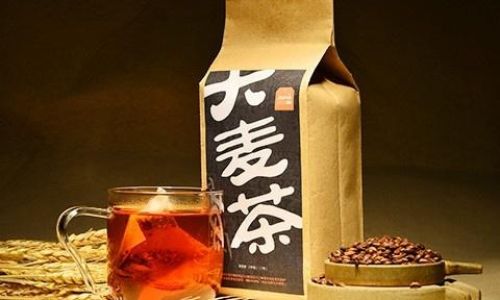
- Electric Kettle: Boil water, add barley, and steep using the “keep warm” function.
- French Press: Combine roasted barley and hot water, then press after steeping.
- Cold Brew: Steep barley in cold water overnight for a smooth, low-acidity infusion.
Conclusion: The Timeless Charm of Barley Tea
Barley tea’s enduring popularity stems from its ability to bridge tradition and innovation. Whether sipped hot from a clay teapot in Seoul or chilled in a mason jar at a Tokyo picnic, this humble brew embodies the harmony of simplicity and craftsmanship. By mastering the roast, honoring the brew, and embracing creativity, anyone can elevate barley tea from a mere beverage to a cultural experience. So, the next time you crave a drink that nourishes the body and soothes the soul, let the aromatic embrace of barley tea guide you—one golden kernel at a time.
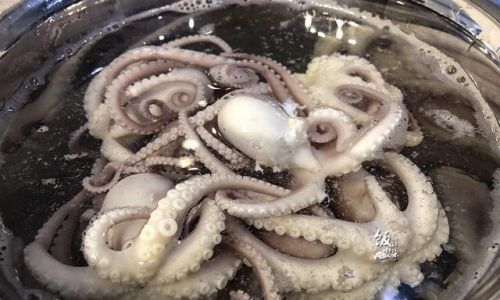


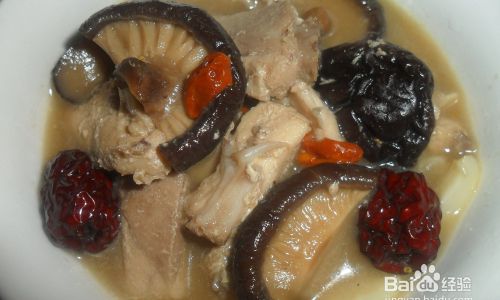
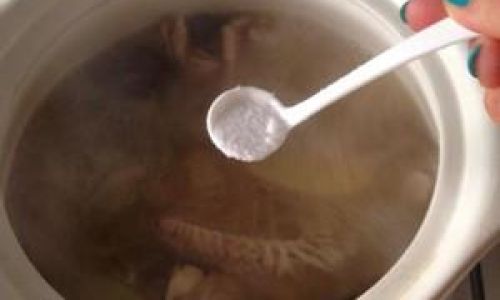
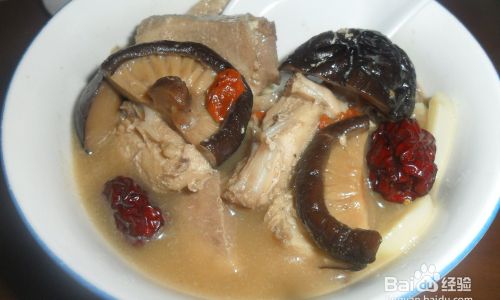
0 comments